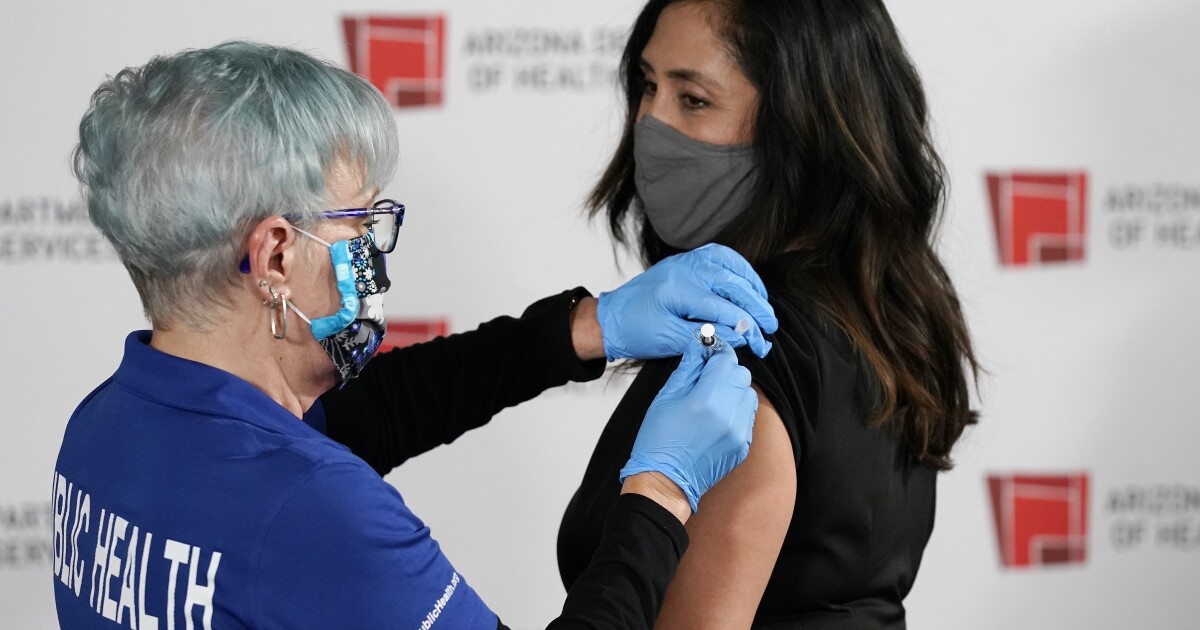by Volker Weber
About four years ago, Professor Daniel Lemire and I made a $100 bet on how quickly virtual reality would reach a broad, mainstream market. Specifically, my side of the bet was, “Virtual reality hardware (not counting cardboard) will not sell more than 10M units/year worldwide before March 2019.” He bet that it would.
What is your guess?
Comments
In my opinion the idea of the bet was good and they did a good work with assumptions (also in the link for lemire.mi) even if not all were correct. I was never a huge fan of VR in the past since it was in the past too clumpsy and too disconnecting from the real world (for me as a feeling) even if I know about mixed reality etc. Also I am very curious about apples next steps for AR/VR headset.
I just switched to Iphone12 pro max and I believe the Lidar sensor integration (together with 5G) is a huge step and soon such sensors will become standard. And if they will become standard spatial anchors and AR-contents are not far (besides goodies also advertisements which you think you want to have). Also the voluntary 3d mapping of the crowd will lead to this development.
p.s.
There was lately a kickstarter project for Looking Glass Portrait which caught my attention.
I do not bet on VR at all. It will remain a niche market.
When it comes to head/eye mounted displays, i see AR/MR way more useful than VR.
My bet is more on AR than on VR, too. The company I work for has bought 100 Microsoft Hololens in the last year, and they really get used. The VR stuff is a lot slower getting off the ground.
Bye, Frido.
I believe that VR won‘t take off before navigating the VR has become easier and more intuitive.
We all remember Linden Lab’s second life from 2003 which was expected to boost VR. It died. In recent days, some new solutions popped up as 3D virtual conferencing tools to help our communication needs during corona times. I tried some of them and took my resume, that an artificial avatar does not add significant value to online collaboration (you might see this different). At the same time it is a hurdle to navigate such avatars through virtual worlds.
What adds real value in our days, is the facial video which provides the overall facial imprecision, mimics and gestures.
I would expect that the limitation of navigation will get lower, as soon as we get many more sensors connected to our bodies. It might also help us, if we could blend our face‘s video with our avatar.
My guess is, that it takes VR at least ten more years to go broad in mainstream markets (except in gaming, where the kids already easily control their avatars).
I think there may already be a very compelling use case for VR, and it even works great with my aging Oculus Go headset: SocialVR…?
I attended two test events in the last four weeks where headsets were provided to people who have never tried vr before and it went extremly well. We used Zoom for presentations and AltVR for the breaks. That created a real feeling of community that tools like Zoom can’t provide. And for this, visual experience and vr technology doesn’t have to be perfect. The audio was much more important than the video.
Of course the headset is a problem because it makes it difficult to try. But socialVR complementing all those Zoom hellscapes, we are currently living in, could be a very interesting application.
It is kind of strange that nobody is talking about it?
–


